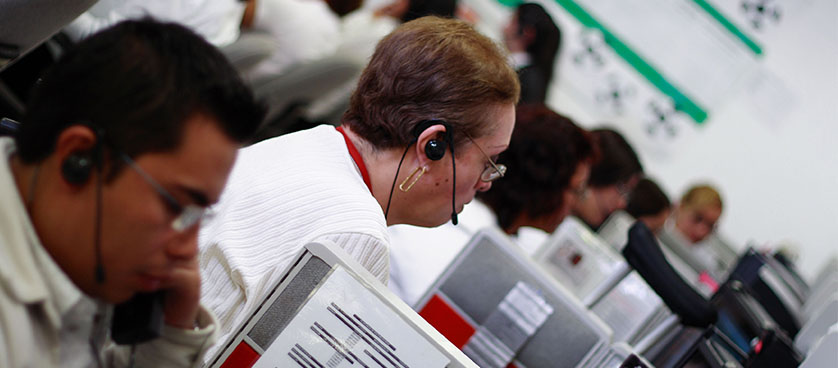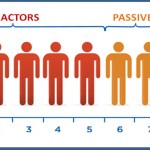The relationship with the customer doesn’t end at the store door
What is great service? How can we provide it? How do we get better?
Every company should have these questions in mind when thinking about their customers’ satisfaction. The truth is that nowadays, most businesses have started to be aware of the importance of this aspect and the impact it has on them.
Therefore, maintaining the standards high and taking measures so that customers are happy have become some of the main priorities for most organizations.
Customer call centers have emerged ‘as a leading weapon on this customer satisfaction battlefront’. Call centers help companies to build, maintain and manage their relationships with the customers. Thus, they can resolve problems and complaints quickly: they get the necessary information and answer the questions. And they are available 24/7. Companies that have call centers as a main strategy to take care of their customers’ satisfaction ‘look good’. They seem to care more about their target audience (and maybe they actually do) and thus they have a competitive advantage on the market. Call center service qualityA company cannot just simply ‘implement’ any kind of call center: it has to deliver quality. And in call centers, you assure quality by measuring and tracking:
- ASA (average speed of answer);
- queue time (amount of time caller is in the line for answer);
- percentage of callers who have satisfactory resolution on the first call;
- abandonment rate (the percentage of callers who hang up or disconnect prior to answer);
- average talk time (total time caller was connected to telephone service representative);
- adherence (are agents in their seats as scheduled?);
- average work time after call (time needed to finish paper work, do research after the call itself has been completed);
- percentage of calls blocked (percentage of callers who receive a busy signal and could not even get in to the queue);
- time before abandoning (average time caller held on before giving up in queue);
- inbound calls per TSR eight-hour shift;
- TSR turnover (the number of telephone service representatives who left in a period of time usually annually);
- total calls; and
- service levels(calls answered in less than x seconds divided by number of total calls).
We have seen what needs to be kept track of. Now let’s see how actually companies measure the performance of their call centers in order to make sure they do deliver the best quality possible. Next, you can see a short list of KPIs that are used in call centers.
KPIs, helpful as alwaysThe following KPI examples can help you form a picture of how they can offer valuable insights regarding the performance in call centers:
- % First call resolution rate
- % Customer calls answered in the first minute
- % Agent utilization
- # Call handling time
- % Call completion rate
- % Call abandon rate
- % Answer accuracy
No matter what is your field of activity, if you track and measure your performance, you find out what needs to be improved and you …well, you improve it.
Call centers emerged because companies wanted to be able to address their customers’ problems so that they would be happier. If the customers are happy with the product or service, they will return. And this is how you build and maintain relationships with your clients. But in order to keep the customers happy, you have to make sure that the call center that your company operates also has the highest standards of performance. This means you cannot afford a dissatisfied customer (because they are the ones that call usually) to become even more dissatisfied. Therefore, the call center performance has to be tracked, measured and improved, if necessary. And by improving certain aspects and details, step by step you manage to reach the highest level of performance.
References
Image source:

Tags: Customer Satisfaction, KPI, KPI in Practice





